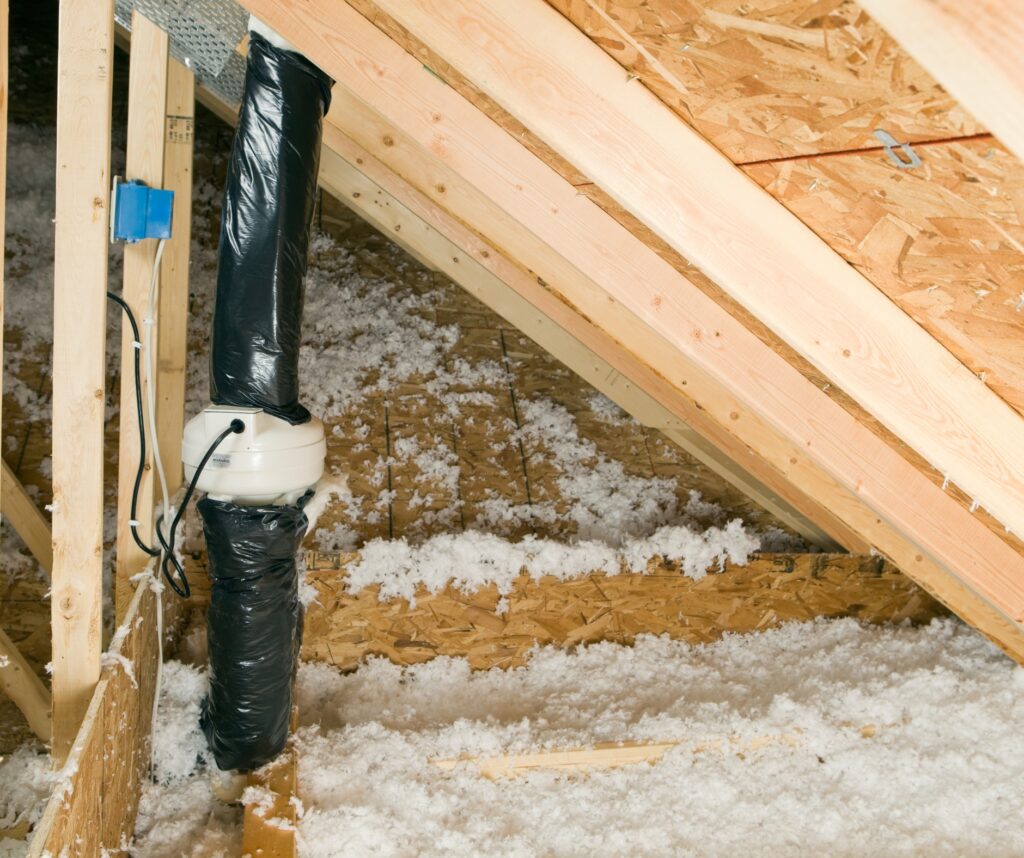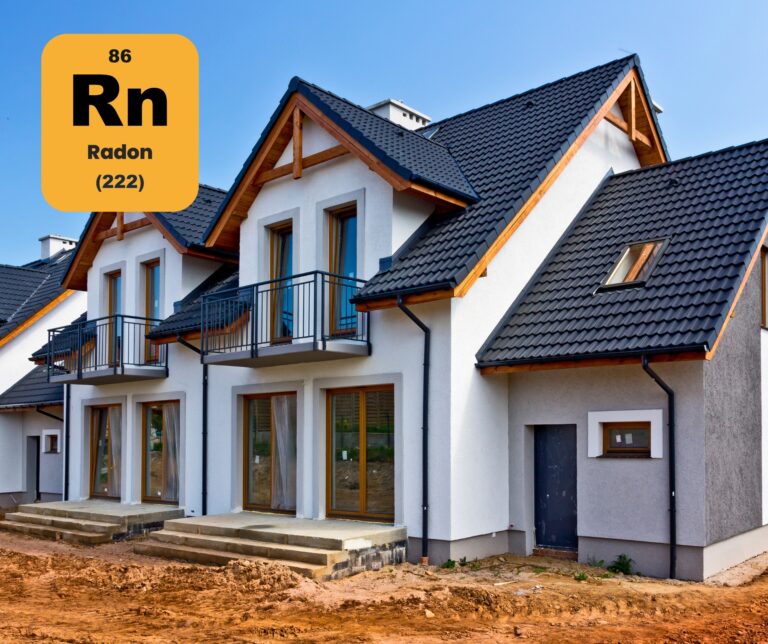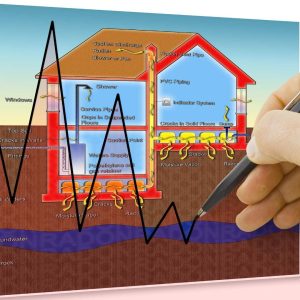When building a new home, thinking about safety goes beyond locks and alarms. One of the biggest hidden dangers is radon gas, a natural but radioactive substance that can creep into homes through the ground. By planning for radon mitigation from the start, builders and homeowners can avoid serious health risks later on. This post explores why radon matters in new homes and how smart construction choices can keep your family safe.
What is Radon and Why is it Dangerous in New Homes?
Radon is a colorless, odorless gas that forms when uranium breaks down in soil, rock, or water. It can rise into homes through cracks and gaps in the foundation. Even brand-new homes can have high radon levels.
Here’s why it’s a big deal:
-
Radon is the second leading cause of lung cancer in the U.S.
-
It’s more dangerous with long-term exposure
-
You can’t see or smell it, so testing is the only way to know it’s there
New homes often have tighter construction and better insulation, which can actually trap radon inside more than older houses. That’s why including radon-resistant features from the start is so important.

How Does Radon Enter New Constructions Even with Modern Materials?
Even with today’s best building materials, radon still finds ways in. It naturally seeps up from the soil and can enter through:
-
Gaps in the foundation
-
Spaces around pipes or wires
-
Unsealed sump pumps or drains
-
Cracks in basement floors or walls
Modern homes often use airtight building methods for energy savings, but this can backfire by trapping radon inside. Without proper radon mitigation systems in place, new constructions can be just as vulnerable—or even more so—than older ones.
Advantages of Radon Mitigation Before vs. After Construction
Adding radon protection during the building phase is smarter, cheaper, and more effective than trying to fix it later. Here are a few reasons why:
-
Lower cost: It’s usually less expensive to install a mitigation system during construction
-
Better coverage: Builders can place the system exactly where it’s needed
-
Cleaner installation: No tearing up finished floors or walls
-
Added home value: Buyers are more confident knowing it’s already built-in
Planning for radon mitigation early means your new home will be safer from the ground up. It’s a simple step that makes a big difference.
Common Radon Mitigation Mistakes During New Construction
Not all radon systems work well if they’re installed incorrectly. Some of the biggest mistakes include:
-
Forgetting to seal key entry points in the basement
-
Installing a passive system without proper ventilation
-
Failing to leave space for future radon fans or upgrades
-
Not testing after construction is complete
Even experienced builders can miss these details. That’s why it’s smart to work with radon professionals or contractors who understand the best practices for mitigation in new builds. Proper training and planning can prevent costly mistakes down the line.

What Builders and Contractors Need to Know About Radon Mitigation
Builders play a key role in keeping radon out of new homes. Understanding the basics of mitigation helps them do their job better and protect homeowners. Here are a few things they should focus on:
-
Learn and follow EPA radon guidelines for new construction
-
Use the right materials, such as gas-permeable layers and sealed sump lids
-
Plan for future fan installations if a passive system is used
-
Educate homebuyers about the system and how it works
Adding radon-resistant features isn’t hard, but it does require awareness and care. Builders who get it right can stand out and show they care about long-term health and safety.
Conclusion
Radon might be invisible, but its risks are real. The good news is that new homes can be built to resist it from day one. By understanding how radon enters homes and making smart choices during construction, builders and homeowners can work together to create safer spaces. Don’t wait until after move-in day to start thinking about radon. Build smarter, and you’ll breathe easier for years to come.




